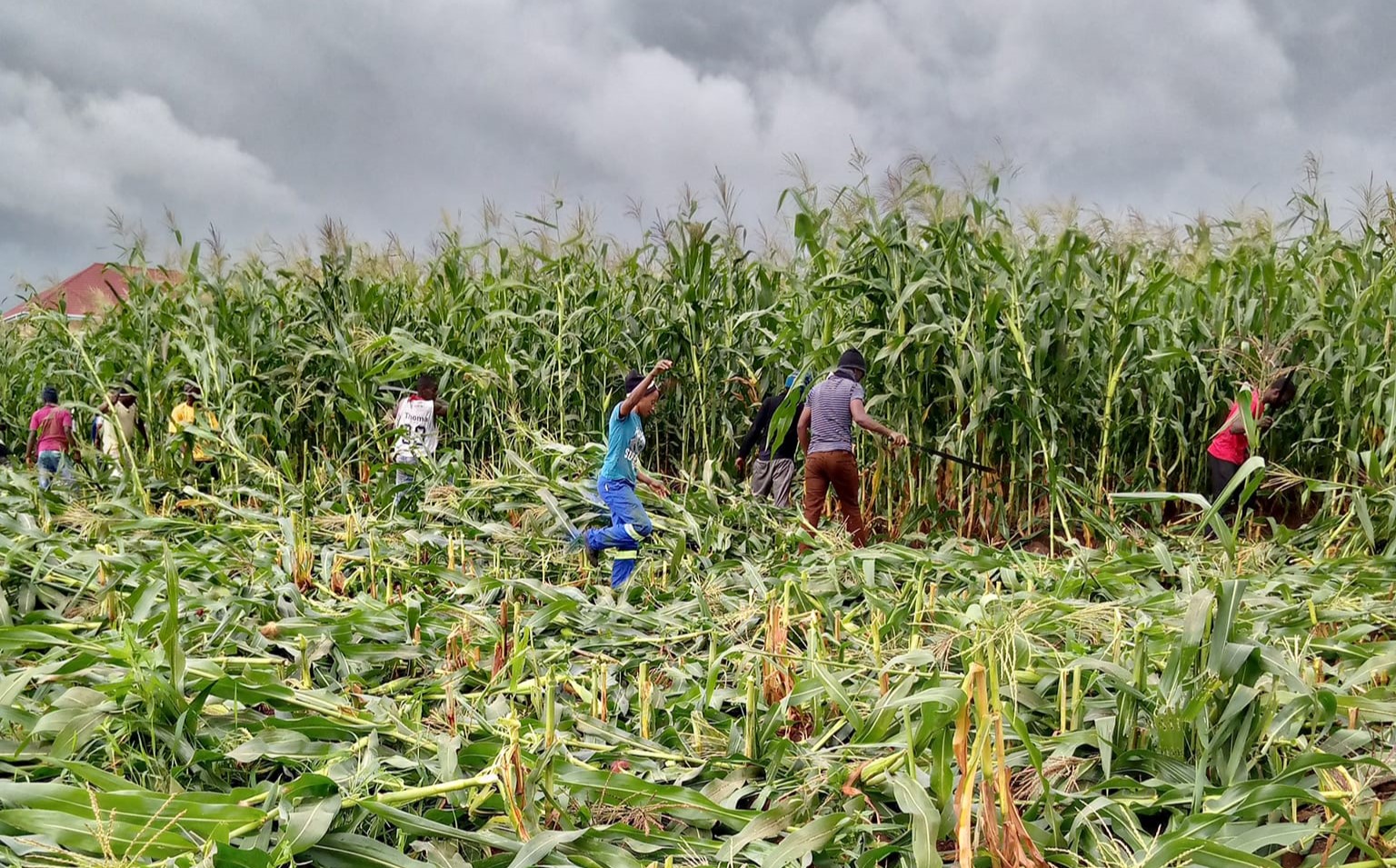The cost of indecision in power sector
Alright, I get it that the Electricity Corporation of Malawi (Escom) is, to some extent, a victim of environmental problems that are beyond its control.
Water levels in Lake Malawi—the source of Shire River from where the country generates most of its hydro-electricity—have dropped sharply.
According to the Ministry of Agriculture, Irrigation and Water Development, the lake levels this year are roughly close to half a metre lower than last year.
For example, says the ministry, while the level on August 14 2014 was 474.18m above sea level, the level on August 14 2015 was 473.73m above sea level (45cm lower)—the lowest level in 17 years.
The ministry explains that inflows into the lake come from direct rainfall on the lake’s surface and surface run-off in its catchment area, which mainly lies in Central and Northern regions and parts of Tanzania as well as a smaller portion in Mozambique.
However, adds the ministry, the rainfall on the lake’s surface and in its catchment area was not high enough this year to raise the lake levels to relatively high elevations.
To deal with the problem, government is upgrading the Kamuzu Barrage at Liwonde—which was constructed to control the flow in Shire River downstream of the barrage, thereby controlling the water levels.
The barrage, according to the ministry, is currently being upgraded to raise the maximum regulatory water level by 40cm—that is above the current maximum regulatory water level.
This will mean storing more water or keeping higher levels in the lake than what the old barrage could manage. Great idea!
But I do not believe this would help Escom much in the long-term. What is needed is for the country to expand its power generation base.
The problem is that it takes too long to make decisions. For example, in April 2014, government—through the then Energy Minister Ibrahim Matola—announced that Capital Hill had “embarked on a process” to engage consultants to carry out a design study for construction of a hydro-power plant at Mpatamanga Falls on Shire River. Mpatamanga has the potential to generate 140 to 310 megawatts of electricity, which would greatly improve power supply in the country.
One year and seven months later, there is no announcement as to where that process is.
Yet, money for the exercise is already there because the World Bank’s International Development Association (IDA)—under the Malawi Energy Sector Support Project—made available $85 million (around K47 billion) for feasibility studies not just on the viability of Mpatamanga, but also on several potential hydro power sites and alternative energy sources that a previous World Bank study showed could generate up to 1 000 megawatts. .
The feasibility study is important because its report, if positive, would help to raise finances for the construction, estimated at roughly $300 million, of power plants.
Why Escom and its line ministry cannot move quickly on this is beyond comprehension.
The same is the case with the so-called interconnector, particularly with Mozambique, that would allow electricity trade between the two countries to ease power pressures. Where is that project? It has stalled because someone can’t just make decisions.
What about the initiative to convince big manufacturing companies to work more at night when there is idle power than during the day when demand is very high?
Again, it fell by the wayside because someone is snoring on the job and so Escom switches off some of its machines at night—which increases high maintenance costs because switching them back on is no easy process. Escom comes under pressure during the day to supply more than they can to companies and households.
In fact, I am surprised that the companies—which are major power guzzlers—have not come round to taking advantage of this idea of working at night, especially because I understand that the tariffs are much lower during the off-peak hours.
This is an opportunity to cut operational costs while getting the job done without electricity worries!
The coal-fired plant at Kamwamba in Ntcheu is another example of indecision. I understand that this plant has potential to generate around 600 megawatts of electricity.
I am also told by a very reliable source that there is a funding window from the Chinese that the Malawi Government is failing to access simply because they cannot decide on certain priorities. What is that?
How can we develop as a country if everything has to move at a pace that even a snail would be ashamed of?
This inertia is costing Malawi billions of dollars and it has to stop if the country is to progress. n



